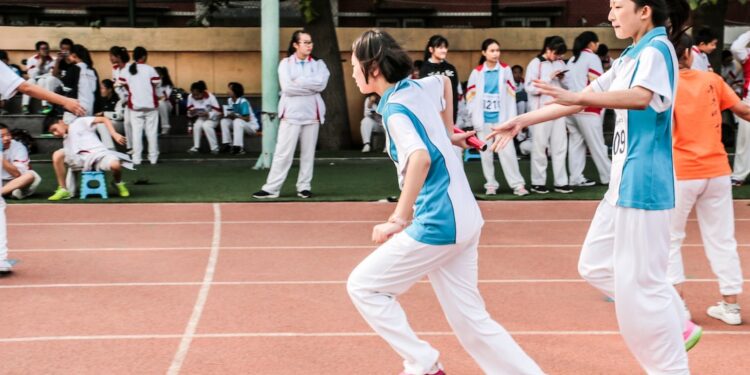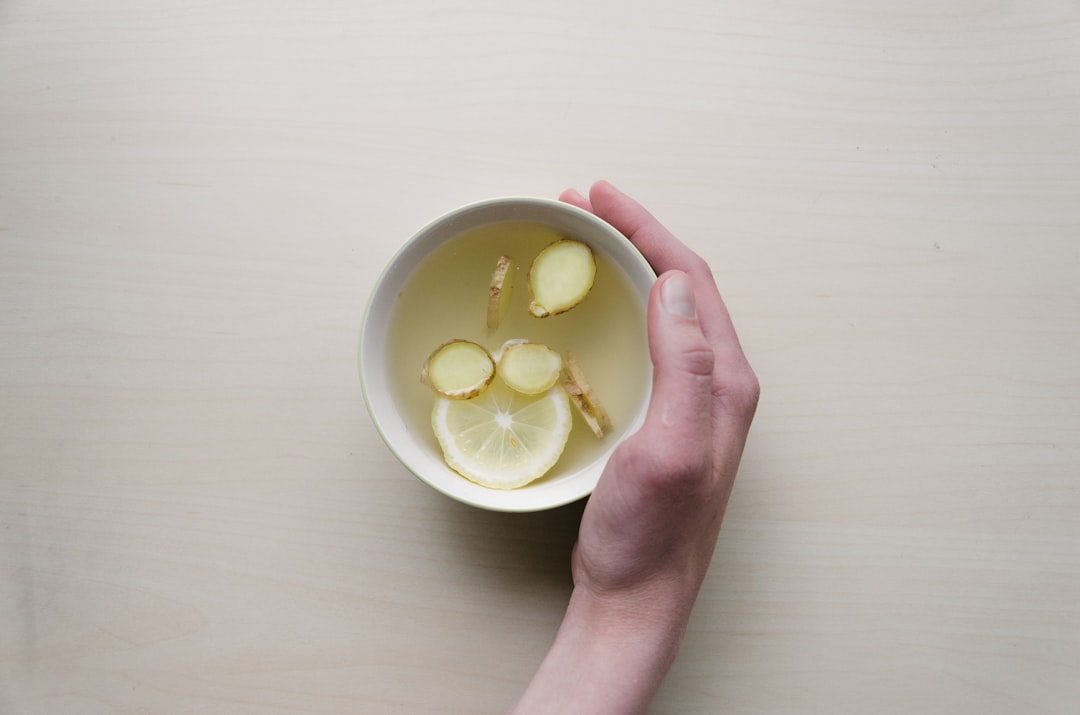A Guide to Proper Warm-Up and Cool-Down Routines for Athletes
Athletes of all levels and disciplines understand the importance of proper warm-up and cool-down routines before and after physical activity. These routines are essential to maximize performance, prevent injuries, and aid in the recovery process. In this guide, we will explore the importance of warm-up and cool-down routines, along with some effective exercises and techniques to incorporate into your training regimen.
Why are Warm-Up Routines Important?
Warm-up routines are crucial for athletes as they prepare the body physically and mentally for the upcoming activity. By gradually increasing heart rate, circulation, and body temperature, warm-ups help to boost performance while reducing the risk of injuries.
1. Increased Blood Flow: Warm-up exercises stimulate blood flow to the muscles, enhancing oxygen and nutrient delivery and promoting muscle flexibility. This increased blood flow prepares the muscles for the demands of the activity, reducing the risk of strains and tears.
2. Improved Range of Motion: Dynamic warm-up routines involve incorporating movements similar to those used during the activity, leading to an increase in range of motion. This helps minimize the likelihood of muscle imbalances and joint restrictions, thereby maximizing performance potential.
3. Enhanced Mental Focus: Warm-ups not only prepare the body but also help athletes to get mentally focused on the upcoming challenge. They reduce anxiety and enhance concentration, allowing athletes to perform their best.
Effective Warm-Up Routine
A warm-up routine should consist of exercises that target different parts of the body to gradually prepare them for the activity ahead. Here are a few exercises that can be included in your warm-up:
1. Light Cardio: Start with five to ten minutes of light cardio, such as jogging or cycling. This increases heart rate and body temperature, preparing the cardiovascular system for more intense activity.
2. Dynamic Stretches: Incorporate dynamic stretches for major muscle groups. Examples include arm circles, leg swings, walking lunges, and torso twists. These stretches target specific muscles, promoting flexibility and range of motion.
3. Sport-Specific Movements: Perform sport-specific movements that simulate the motions used during the activity. For instance, if you are a tennis player, practice your forehand or backhand swings to warm up the relevant muscles.
4. Gradual Intensity Increase: Gradually increase the intensity of your warm-up exercises while maintaining good form. This can involve increasing the speed, range of motion, or resistance used. Remember, it’s crucial to warm up, not exhaust yourself before even starting the activity.
Why are Cool-Down Routines Important?
Cool-down routines are just as important as warm-up routines, but often neglected by many athletes. They help the body gradually recover from intense physical activity, preventing muscle soreness and potential injuries.
1. Decreased Heart Rate: A cool-down gradually lowers heart rate and blood pressure, helping to return your body to a resting state. This prevents lightheadedness and promotes recovery.
2. Removal of Waste Products: A cool-down aids in removing waste products, such as lactic acid, responsible for muscle soreness. This promotes faster recovery and reduces the onset of muscle stiffness.
3. Muscle Relaxation: Stretching during cool-down routines helps muscles relax and prevents them from contracting abruptly, reducing the likelihood of cramps.
Effective Cool-Down Routine
A cool-down routine should focus on stretching, flexibility, and relaxation exercises. Here are a few exercises that can be part of your cool-down:
1. Slow Jog or Walk: Gradually lower your heart rate by engaging in five to ten minutes of light jogging or walking. This helps promote circulation, aiding in the recovery process.
2. Static Stretches: Incorporate static stretches for major muscle groups. Hold each stretch for 20-30 seconds, focusing on breathing deeply and relaxing into each stretch. Examples include seated hamstring stretch, groin stretch, and shoulder stretches.
3. Foam Rolling: Use a foam roller to gently massage your muscles, targeting areas of tightness or discomfort. This promotes circulation, reduces muscle knots, and aids in recovery.
4. Deep Breathing and Meditation: Finish your cool-down routine with deep breathing exercises to help calm the mind and relax the body. This promotes mental clarity and overall well-being.
In conclusion, warm-up and cool-down routines are fundamental components of an athlete’s training regimen. They not only enhance performance, prevent injuries, and aid recovery but also promote overall physical and mental well-being. By incorporating these routines into your workouts, you will undoubtedly notice improved performance and an increased ability to withstand the demands of your chosen sport or activity. So, invest time in warming up and cooling down – your body will thank you!















